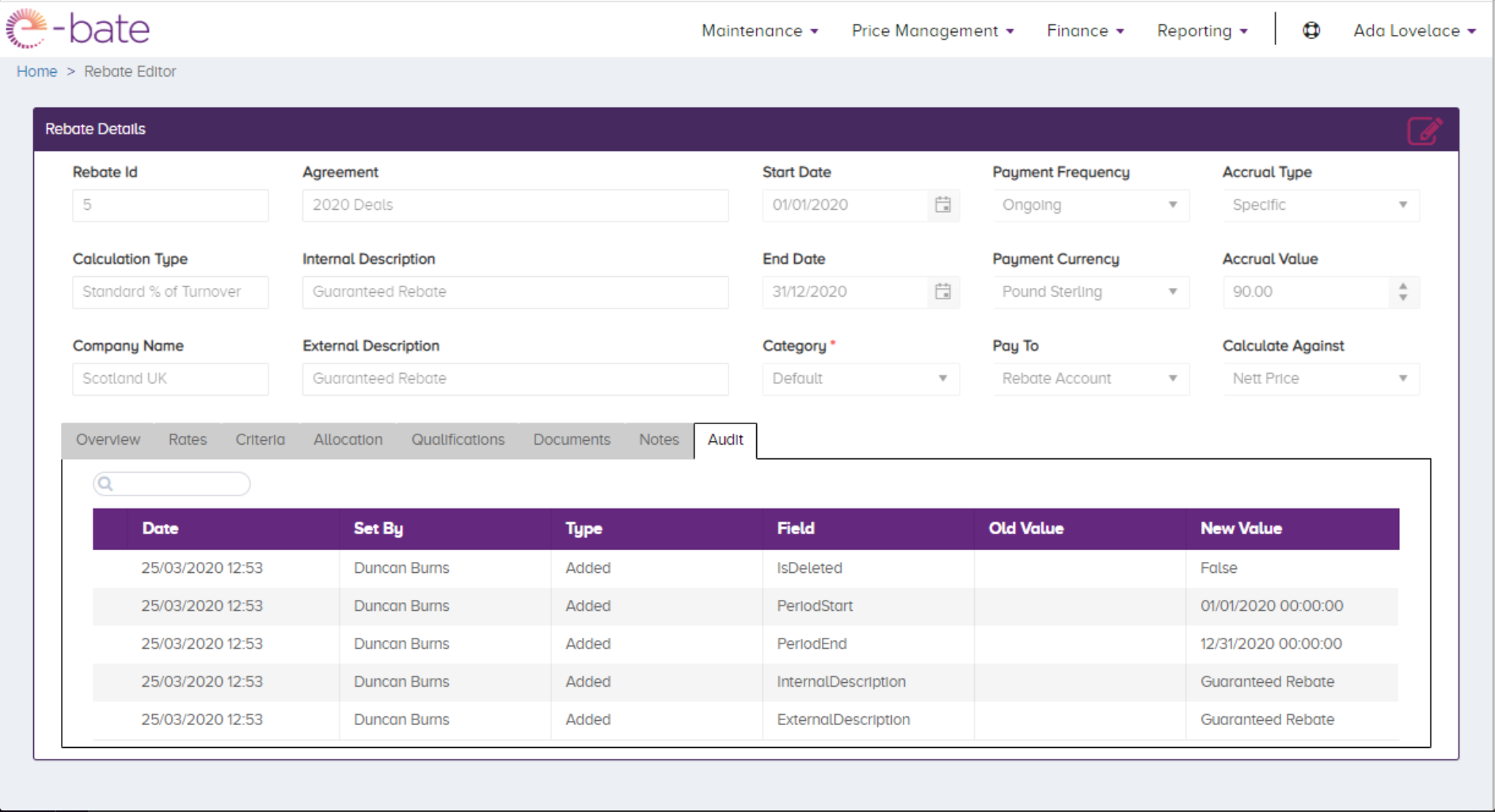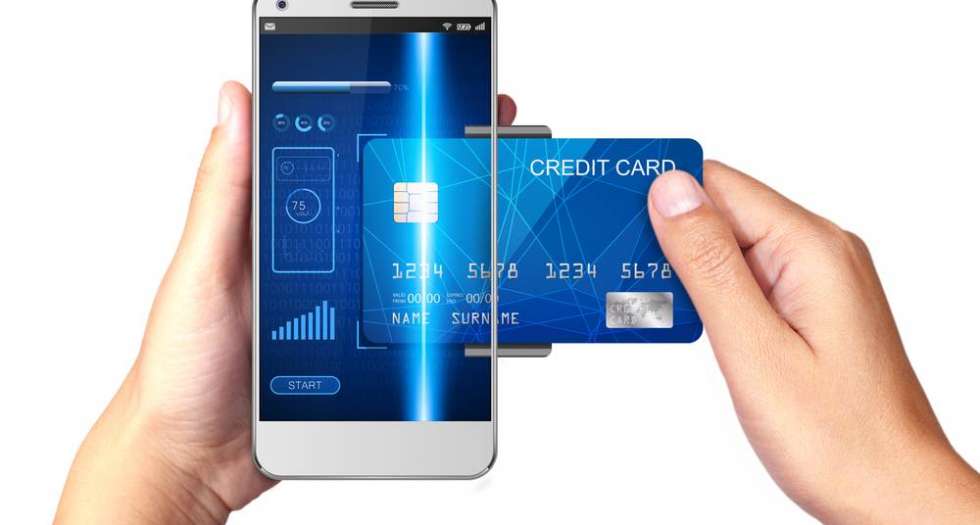When you’re queuing up in a supermarket, you often find shoppers counting coins, paying in cash, or swiping credit cards. Today, you might also see someone paying with a mobile digital wallet or eWallet.
eWallet mobile apps promise to be the next-level approach to digital payments that are poised to grow and dominate the post-pandemic world.
Over the last three years, eWallets have grown from strength to strength. According to Allied Market Research, the digital wallet market size valued at $1,043.1 billion in 2019 is forecasted to grow at a CAGR of 28.2% to reach $7,580.1 billion by 2027.
This is attributed to its ability to make transactions easy during travel, and making payments contactless. The latter has become critical, and an opportunity for startups after COVID-19 brought the whole planet to a standstill.
Digital wallets enable affordable transactions and facilitate the seamless management of multiple accounts. Furthermore, the rise of Near Field Communication (NFC) enabled terminals will drive mobile wallet adoption.
Merchants with NFC-enabled terminals already generate as much as 60% of Mastercard’s payment volumes. This year, Norway also mandated all merchants to provide NFC-powered contactless commerce options to their customers.
eWallets are popular in the following industries:
- Banking, financial services, and insurance
- Food and grocery
- Retail
- Telecommunication
- Transportation and logistics
Types of eWallets that are currently available in the marketplace:
- Smartphone-specific wallets (like Apple Pay for iPhone, Google Pay for Android devices, and Samsung pay for Samsung devices)
- Banks and credit card providers’ apps (like Mastercard Masterpass and Visa Checkout)
- Standalone payment apps (like Adyen, Chirpify, Due, PayPal, Venmo, Hastee and Zeux)
It’s safe to say that digital wallets are here to stay. So what should you consider when building an eWallet from scratch? Let’s take a look.
1. Highly user-friendly UI
If you want your users to keep coming back to use your eWallet, it has to be highly engaging and easy to use. In this scenario, an attractive UI also helps ensure a positive user experience (UX).
So think of developing a captivating UI that delivers enhanced UX right from the drawing board. Regardless of the different components and criteria of your offering, it’s vital to ensure that it looks great while easy to navigate.
This means that it should be easy to add and remove credit, debit cards, and identification documents (like your passport or driver’s license) within the app. These cards and related accounts should also be set up in a manner that’s easy to manage.

2. Analyse data and provide useful advice
All transactions processed through the app must be stored and analysed. This approach offers insights into user spending and creates opportunities to cross-sell. For example, if it’s a banking app, you can offer a deal on insurance products or provide investment opportunities.
It should also have budget protocols and provide monthly or weekly advice on how one can better control their expenses and more.

3. Enable seamless transactions
When it comes to making payments, users should be able to do it with just a touch. If the end-user has to go through several steps to do it, you’re going to see significant app abandonment.
The primary idea here is to make life easier for users, so keep that in mind during each iteration. Seamless transactions will keep bringing users back to the eWallet, so this should be at the forefront of each update.
Do you need professional assistance with your digital mobile wallet design and development? Get in touch to discuss how Evolve can help!
4. Data synchronisation
When it comes to online shopping, users should be able to complete the purchase without entering any credit card details quickly.
Digital wallets also store important passwords associated with each account. This approach enables users to receive relevant information in real-time without having to log in.
However, this data should be synchronised across devices. So even if the user moves from a smartphone to a tablet, they’ll have access to the same information.
5. GPS tracking and navigation
GPS tracking and navigation is a critical component of your eWallet. GPS not only helps during verification but also allows users to pay each other.
As no account information is required, people can give each other money in an instant. Especially when it comes to families, this option will help drive the popularity of your eWallet mobile app.
GPS also provides opportunities to access real-time deals. Depending on your partnerships and business model, the app can notify the user of discounts and deals that they qualify for when they’re near the business.
6. Wearable device integration
The popularity of wearables has grown exponentially. As a result, it’s essential to enable seamless integration with wearables devices.
Smartwatches, for example, should be able to access your eWallet to conclude a payment. This approach will negate the need for the user to take their smartphone out at a PoS station. What’s more, this approach makes transactions much faster and easier.
7. Privacy and security
Finally, without robust privacy and security protocols, your eWallet will be useless. So it’s vital to build it on the foundation of strict confidentiality and security. After all, you’re dealing with highly sensitive data that can have significant consequences if breached.
As such, your eWallet app should password protected with features like 2-factor authentication, biometric technology like fingerprint reading, and QR-code validation to ensure regulatory compliance. It also helps to deploy real-time monitoring to improve security.
Tokenisation technology allows eWallet mobile apps to leverage robust encryption. A token or crypto key, if stolen, is useless to the cybercriminal. So expect to see more in the tokenisation within this space.
All these security protocols together will make your eWallet more secure. That’s why Apple Pay combines both biometric features and tokenisation to make it impenetrable.
As the planet goes through hyper digitisation, eWallets will be the norm. If you build your digital wallet with all the components mentioned above, you’ll publish an up-to-date, robust payment solution.
Are you thinking of building a digital wallet for your business but don't know where to start, how to choose the right tech stack, or where to source talent? Drop us a line to discuss how we can help!

